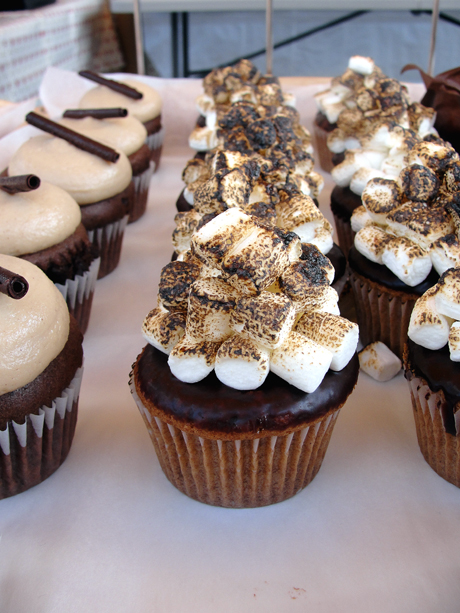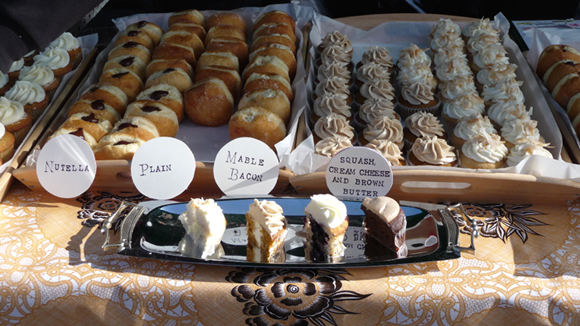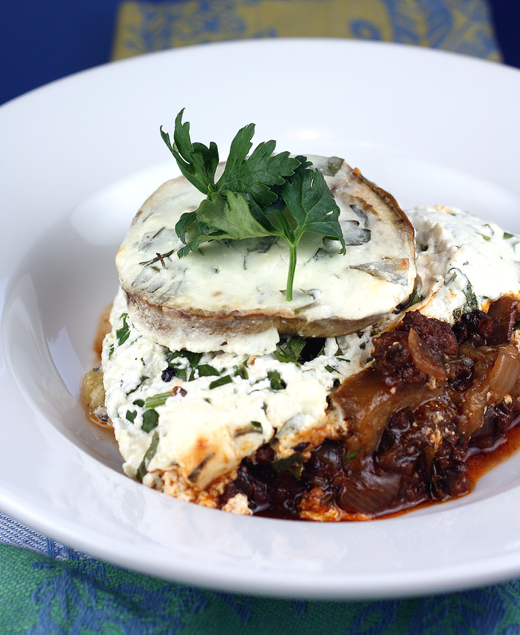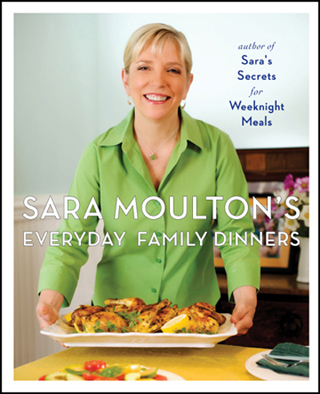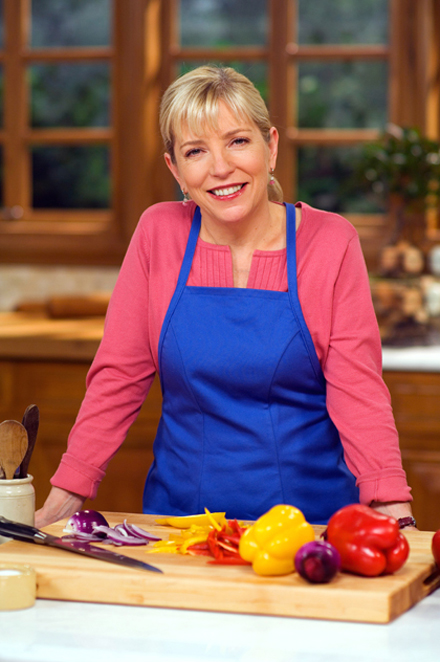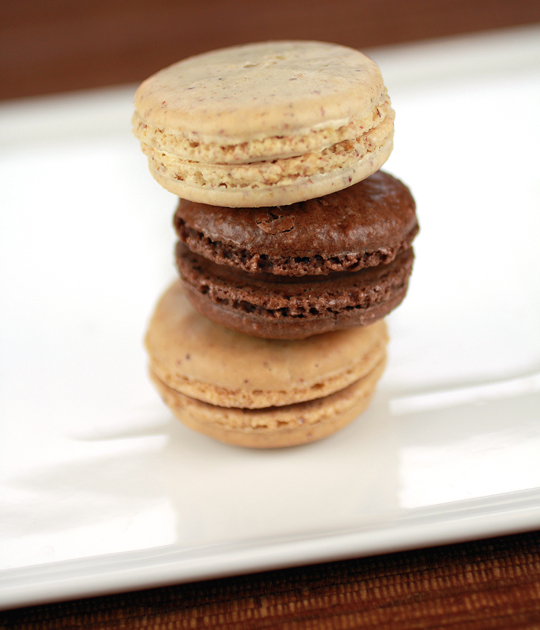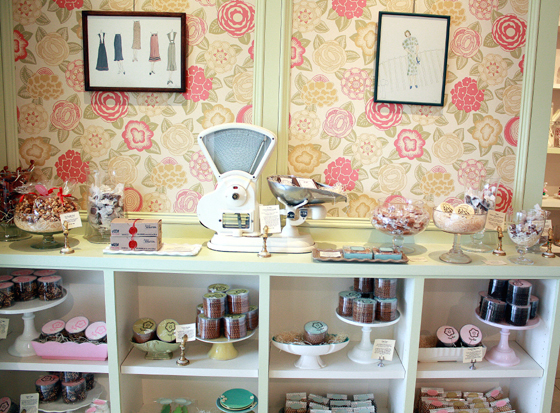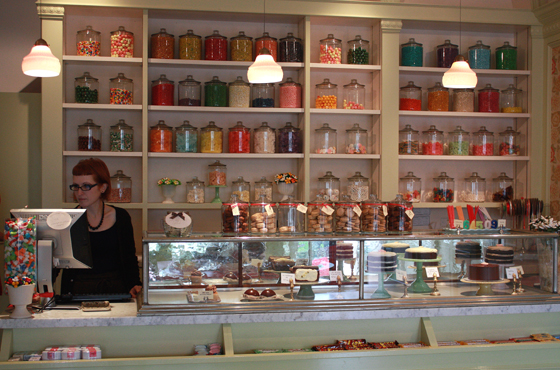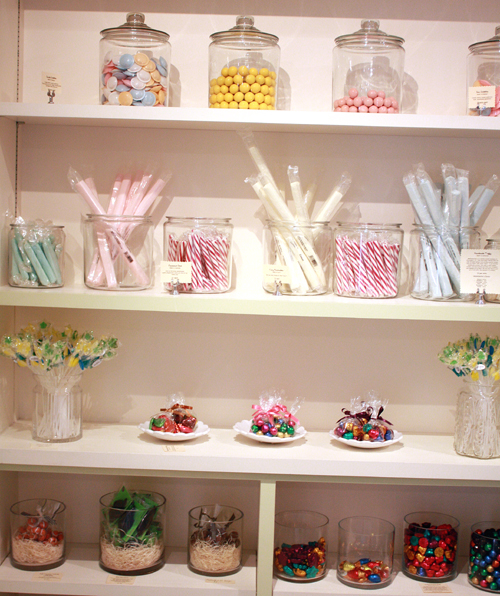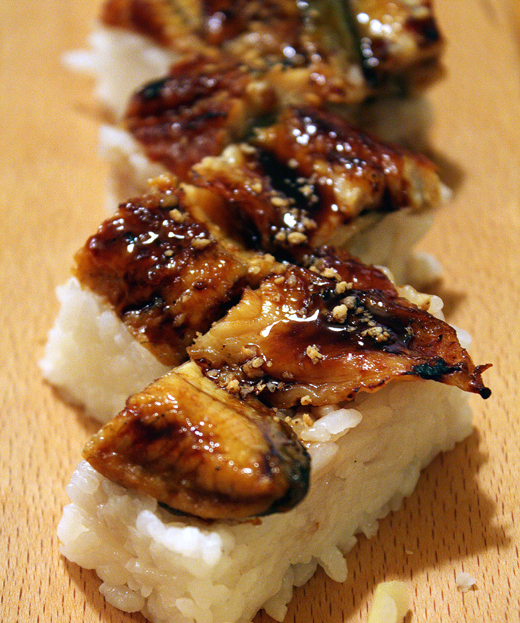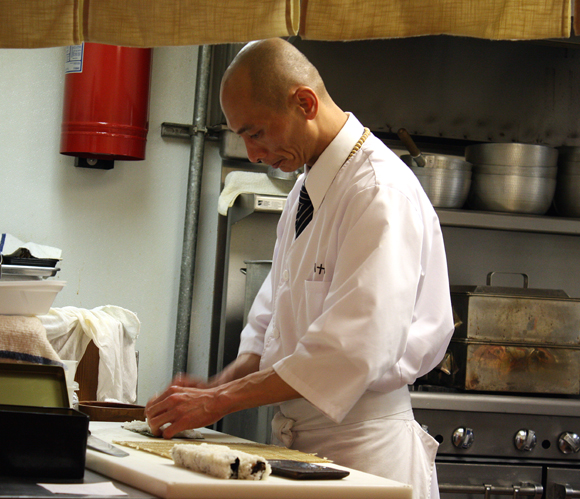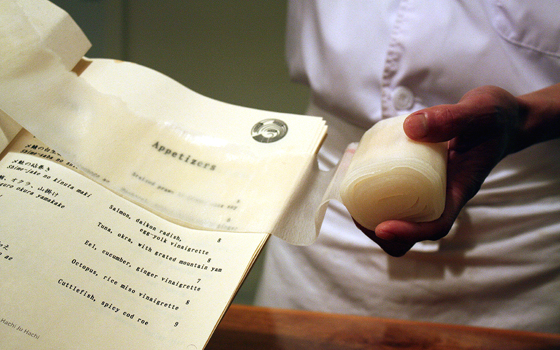Ferry Building Happenings, Glam Foodie Fund-Raisers & More
In San Francisco:
The offerings at the Saturday farmers market at the San Francisco Ferry Building just got a whole lot sweeter.
The Arlequin booth, manned by Luis Villavelazquez, executive pastry chef of Absinthe restaurant in San Francisco, will now be a regular fixture at that Saturday market, just steps from the Hyatt Regency San Francisco, beginning May 1.
The booth, which already had been up and running at the smaller Thursday farmers market there, will be selling the likes of malted cupcake with banana cream and Oreo frosting; strawberry and tobacco-infused scone with creme fraiche; spiced ramp and provolone biscuits; and milk chocolate macadamia nut cookies.
Find the Arlequin booth next to Blue Bottle Coffee’s exterior stand, 8 a.m. to 2 p.m. every Thursday and Saturday.
If luscious libations are more your thing, you won’t want to miss “Berries, Citrus and Rhubarb,” a fun cocktails class at the Ferry Building, 5:30 p.m. to 7:30 p.m. May 7.
Master mixologist Scott Beattie will conduct a hands-on class to teach you how to make market-fresh strawberry margaritas, classic mai tais, and gimlets.
Master distiller, Lance Winters of St. George Spirits in Alameda, will talk about micro-distillation.
The Ferry Building’s Il Cane Rosso also will serve up cocktail-friendly noshes. Additionally, participants will get to take home a recipe booklet.
The class will be held under the North Arcade of the Ferry Building. Tickets are $45.
City College of San Francisco invites you to its 12th annual “Wok on the Wild Side,” a benefit for its culinary arts and hospitality studies department, 5 p.m. to 9 p.m. April 26.
Participating in the star chef-studded affair are Staffan Terje of Perbacco in San Francisco, Bruce Hill of Picco in Larkspur, Laurence Jossel of Nopa, Jennifer Biesty of the Sir Francis Drake Hotel in San Francisco, and Mauricio Sibrian of John’s Grill in San Francisco. They will be honoring City College alum, Tom Sweeney, the famous Beefeater doorman who has been welcoming visitors to the Sir Francis Drake Hotel for more than 30 years.
The chefs will be cooking up their specialties and being assisted by the students and faculty of the program.
Tickets are $150. For information, call (415) 239-3152.
You won’t want to miss another gala chefs gathering, 6:30 p.m. to 9:30 p.m. April 29, when “Taste of the Nation San Francisco” rolls into town on the Club Level of AT&T Park in San Francisco.
The benefit for Share Our Strength, will feature tastes from more than 40 top San Francisco chefs, including Dominique Crenn of Luce, Mark Sullivan of Spruce, Hoss Zare of Zare at Fly Trap, and Matthew Accarrino of SPQR.
Live music and a silent auction will add to the festivities, which will benefit one of the nation’s largest organizations dedicated to alleviating childhood hunger.
Regular tickets are $85. VIP tickets, which get you into the event an hour earlier, are $140.
Monday, April 26, dine at a Pasta Pomodoro in San Francisco or elsewhere in the Bay Area to do a good deed.
That night, the restaurant chain will donate 25 percent of profits from every “Cena di Familia” meal to local food banks to help families in need. The three-course, family-style meal, which feeds four, comes with choice of salad, pasta and dessert for $35.
Around the Peninsula:
Take a taste of more than 100 wines from all over Italy in one spot. You can at “Enoteca 100 Primavera,” an Italian wine tasting at Donato Enoteca restaurant in Redwood City, 1 p.m. to 4 p.m. May 1.

